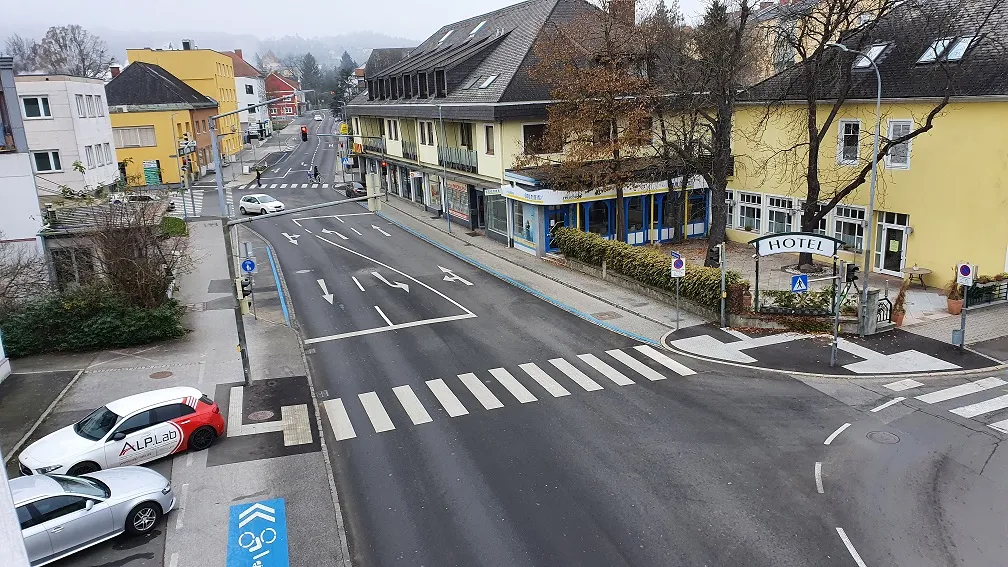
Thermal imaging is used to detect pedestrians and cyclists in darkness, shadows and bright sunlight. It connects to the traffic signal controller via dry contact outputs or TCP/IP network communication to allow for a more dynamic control of traffic signals based on presence or volume information.
Optional Wi-Fi tracking enables TrafiOne to capture traffic flow data by monitoring the Mac addresses of devices such as smartphones. The system can determine travel and route times along road segments and queue delay times at intersections.
Data collected by TrafiOne can be accessed for further analysis by Flir’s cloud-based analysis solution, which transforms the data into useful insights, while a dashboard enables the generation of reports.










